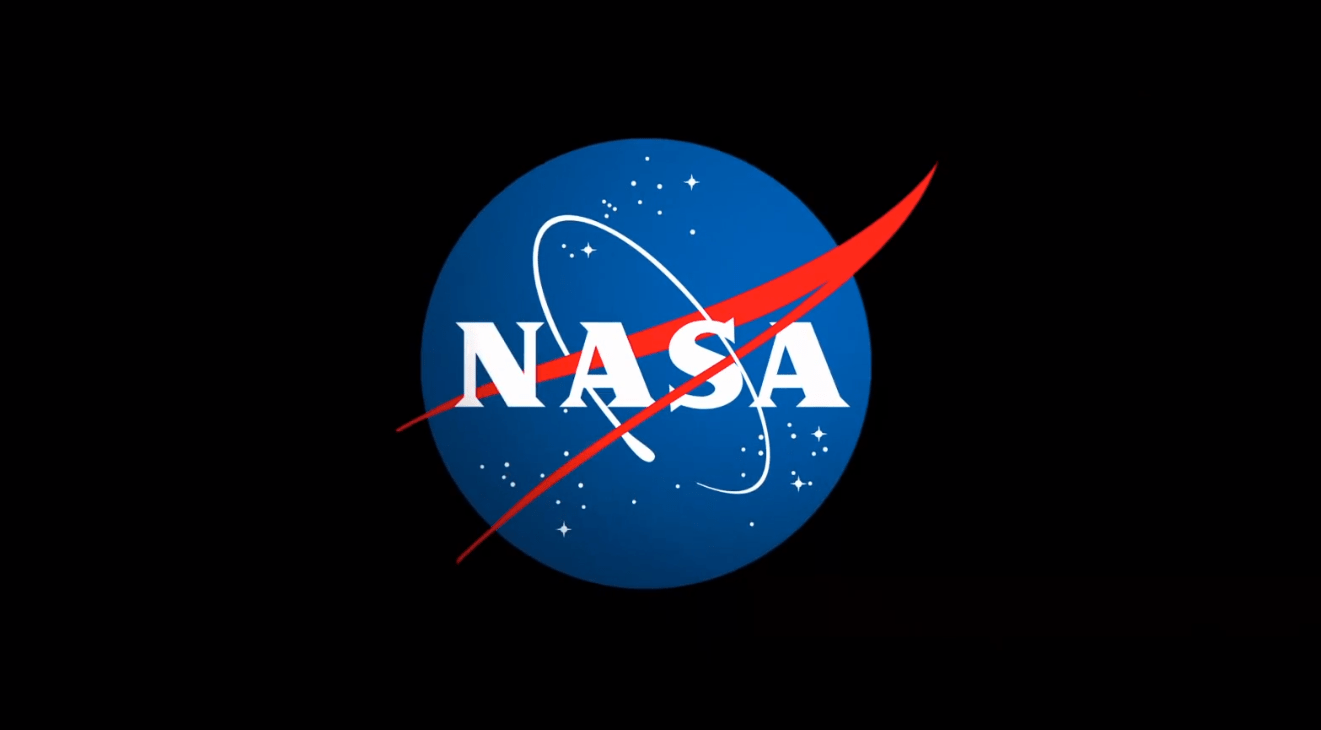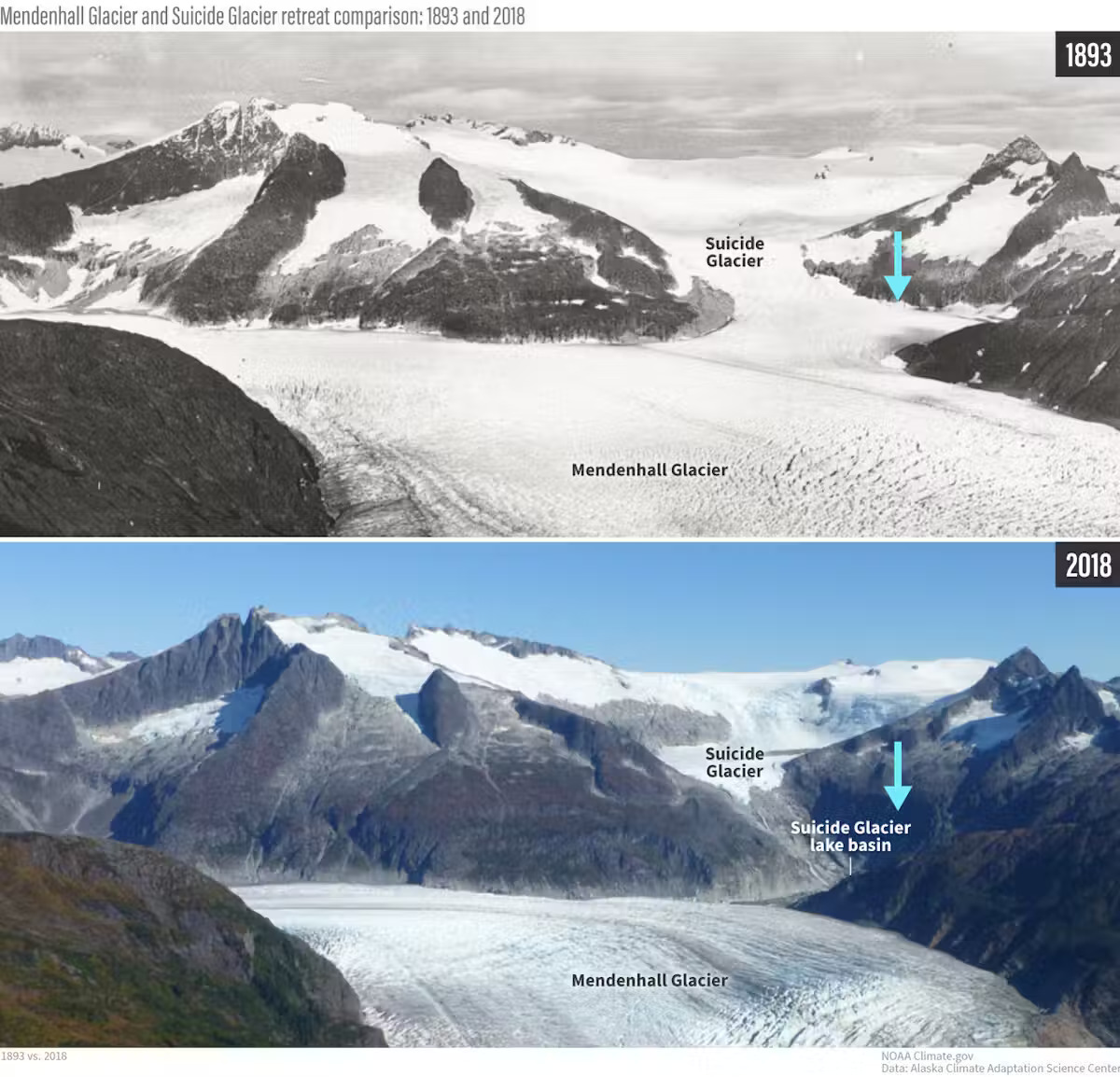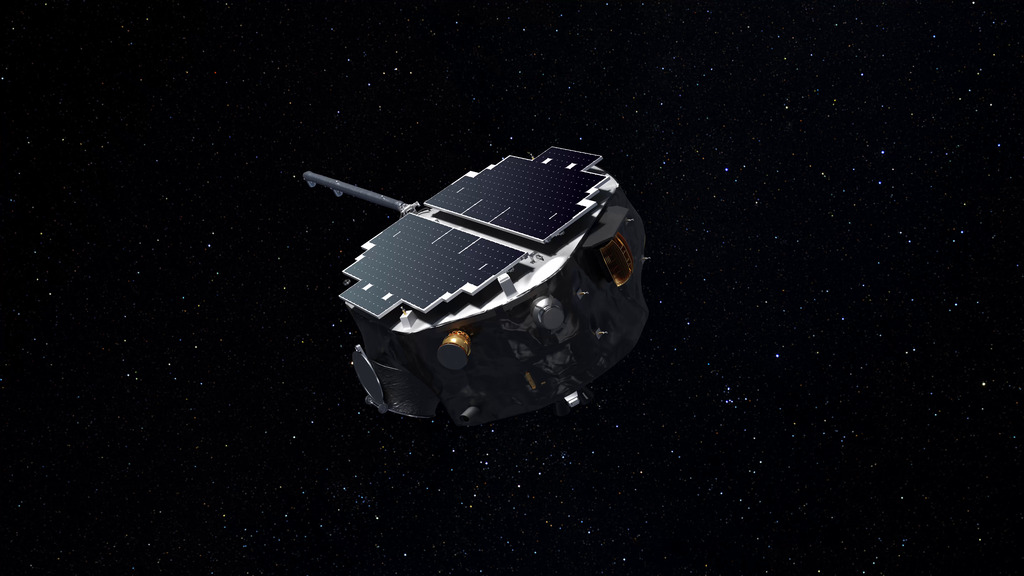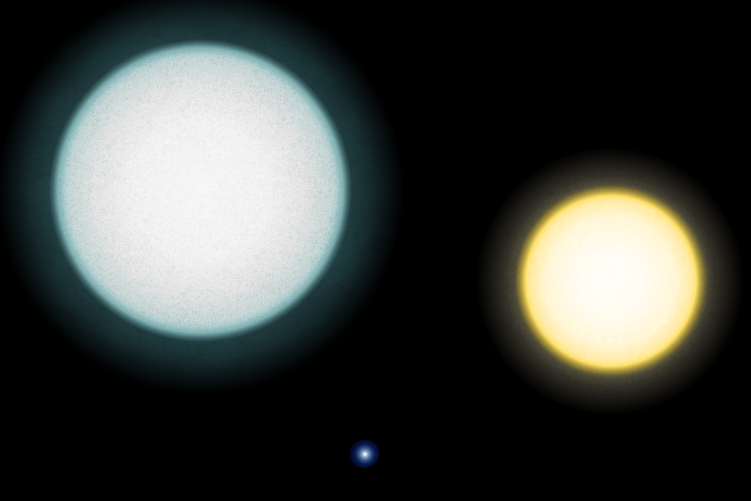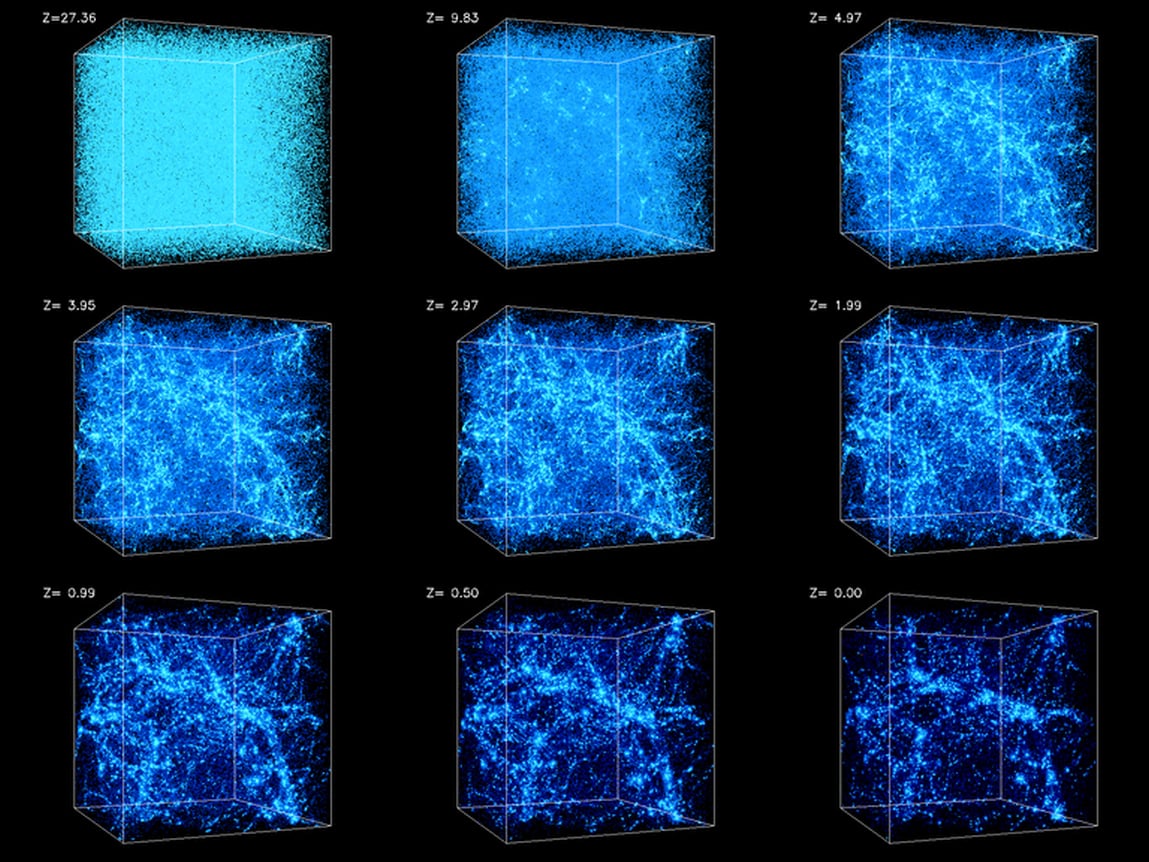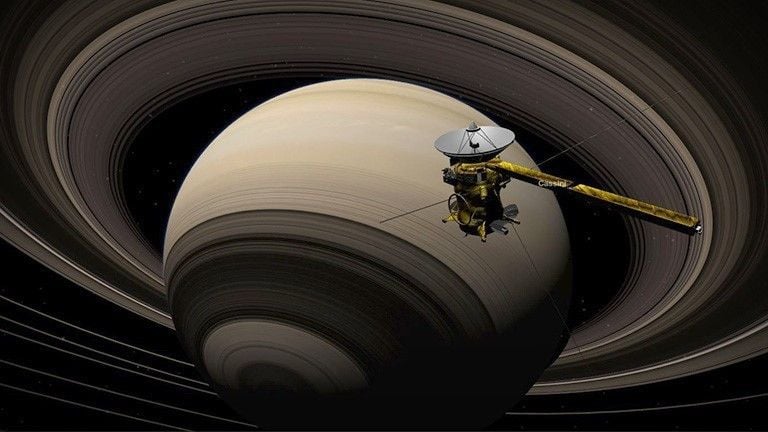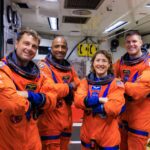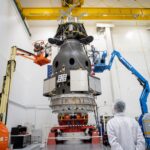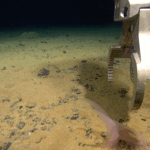Credit: NASA NASA has awarded ASCEND Aerospace & Technology of Cape Canaveral, Florida, the Contract for Organizing Spaceflight Mission Operations and Systems (COSMOS), to provide services at the agency’s Johnson
Archive for August, 20259- Page
This article was originally published at The Conversation. The publication contributed the article to Space.com’s Expert Voices: Op-Ed & Insights. Each summer in the mountains above Juneau, Alaska, meltwater from
The sun will someday die. This will happen when it runs out of hydrogen fuel in its core and can no longer produce energy through nuclear fusion as it does
NASA’s IMAP (Interstellar Mapping and Acceleration Probe) mission will map the boundaries of the heliosphere, the bubble created by the solar wind that protects our solar system from cosmic radiation.
Every once in a while, you may look up toward the sun and see strange bright lights on either side of it. Or perhaps you’ll be sitting in an aircraft,
When most stars like the Sun die, they don’t go out with a bang, they fade away as white dwarf stars, Earth-sized remnants that slowly cool over billions of years.
For nearly a century, cosmologists have relied on a simplified model of the universe that treats matter as uniform particles that don’t interact with each other. While this approach helped
Wait wait wait. There are other, less stressful options. I don’t want to end on such a downer note. There is hope for us yet!
Scientists are about to unleash a powerful new weapon in the hunt for dark matter, the mysterious substance that accounts for around 85% of the “stuff” in the universe. Like
This image, which combines infrared data from the James Webb Space Telescope with submillimetre observations from the Atacama Large Millimetre/submillimetre Array (ALMA), shows the doughnut-shaped torus and interconnected bubbles of
-
 012024 in Review: Highlights from NASA in Silicon Valley
012024 in Review: Highlights from NASA in Silicon Valley -
 02Panasonic Leica Summilux DG 15mm f/1.7 ASPH review
02Panasonic Leica Summilux DG 15mm f/1.7 ASPH review -
 03From Polymerization-Enabled Folding and Assembly to Chemical Evolution: Key Processes for Emergence of Functional Polymers in the Origin of Life
03From Polymerization-Enabled Folding and Assembly to Chemical Evolution: Key Processes for Emergence of Functional Polymers in the Origin of Life -
 04How New NASA, India Earth Satellite NISAR Will See Earth
04How New NASA, India Earth Satellite NISAR Will See Earth -
 05And Thus Begins A New Year For Life On Earth
05And Thus Begins A New Year For Life On Earth -
 06Astronomy Activation Ambassadors: A New Era
06Astronomy Activation Ambassadors: A New Era -
07SpaceX launch surge helps set new global launch record in 2024


